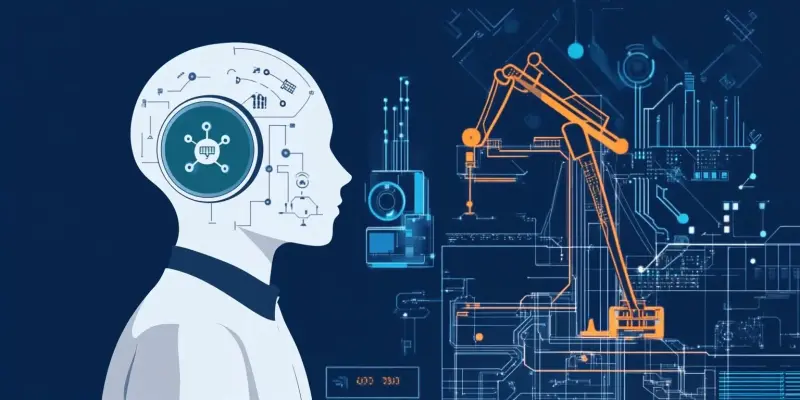The integration of generative AI into the workforce has sparked a notable increase in productivity, as evidenced by recent studies conducted by researchers such as Alexander Bick, Adam Blandin, and David Deming. Their findings reveal that the productivity of workers surges by 33% for every hour they engage generative AI in their tasks. This impressive statistic underscores the growing reliance on AI technology within various industries. According to surveys conducted in August and November 2024, a substantial 9% of U.S. workers aged 18-64 utilized generative AI daily during the preceding week, while 14% tapped into its capabilities occasionally. Workers consistently reported that generative AI facilitated them during 6% to nearly one-fourth of their work hours, demonstrating its pivotal role in contemporary work environments.
Significant Time Savings Through Generative AI
The depth of generative AI’s impact is further illustrated by the significant time savings it offers daily users. The study uncovered that 33.5% of workers employing generative AI on a daily basis saved four hours or more of their work time each week. In contrast, only 11.5% of those who used it just once in the previous week experienced similar time savings. This comparison starkly highlights the transformative potential of regular AI implementation in work routines. Steven Kirz of West Monroe supports the notion that productivity gains via AI hinge on seeing it as a new style of talent, enhancing human efficacy rather than serving as a simple technological replacement. He likens generative AI to having an “intern” capable of handling repetitive and time-consuming tasks, such as conducting research or summarizing meeting notes, which traditionally burden employees.
The report advises that increasing productivity encompasses more than just cutting costs, urging businesses to adopt strategies that empower their workforce through innovation. Addressing broader systems and challenges holistically is essential in leveraging AI’s full potential without causing workforce displacement. With an outlook focused beyond sheer cost efficiency, the report encourages investment in empowering labor through innovative AI strategies, ensuring that human capital remains an indispensable part of the productive process.
Industry-Specific Impacts and Broader Implications
The application of generative AI varies widely across different sectors, with noteworthy differences in time savings and productivity enhancements. According to a study by the Federal Reserve Bank of St. Louis, the information services industry has emerged as a prominent benefactor, utilizing generative AI for 14% of work hours and achieving remarkable time savings of 2.6%. As expected, occupations like computers and mathematics have similarly seen a substantial 2.5% reduction in work time, illustrating the high potential for efficiency improvements in tech-focused roles. Conversely, personal services occupations witnessed only a modest 0.4% time saving, reflecting the challenges of implementing AI where human touch and interaction are paramount.
As corporations increasingly integrate AI into their workflows, the collective productivity gains are becoming more distinguishable within overall economic measurements. Despite these promising trends, the broader implications of AI’s integration into the labor market call for a cautious approach. Discussions about potential job displacement, wage adjustments, and the need for skill development are becoming more relevant. The evolving landscape underscores that strategic AI adoption should not only aim to boost productivity but also address economic and societal shifts comprehensively. For instance, retraining programs and skill enhancement initiatives could mitigate the negative effects of displacement, ensuring that the workforce evolves alongside technological advancements.
Strategic Adoption to Enhance Productivity
The profound impact of generative AI is evident in the significant time savings it offers daily users. A study revealed that 33.5% of workers using generative AI every day saved four or more hours each week. In contrast, only 11.5% of those using it merely once a week reported similar savings. This stark comparison underscores the transformative potential of regular AI use in work routines. Steven Kirz of West Monroe emphasizes that productivity gains from AI depend on viewing it as a new form of talent, enhancing human performance, not just a tech replacement. Kirz likens generative AI to an “intern” that handles repetitive, time-consuming tasks like research or summarizing meeting notes, traditionally burdensome for employees.
The report suggests productivity involves more than reducing costs, urging businesses to adopt strategies that empower their workforce through innovation. It stresses addressing broader systemic challenges holistically to leverage AI’s full potential without displacing workers. By focusing beyond mere cost efficiency, the report encourages investment in innovative AI strategies, ensuring human capital remains integral to productivity.

